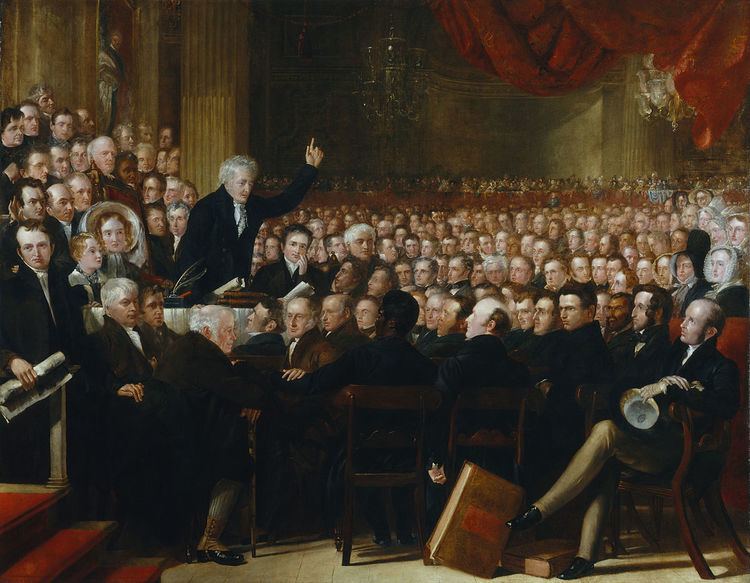Role Writer | Name Charles Stuart Known for Abolitionist | |
 | ||
Books A Memoir of Granville Sharp: To which is Added Sharp's "Law of Passive Obedience," and an Extract from His "Law of Retribution." | ||
Captain Charles Stuart (1783 – 26 May 1865) was an Anglo-Canadian abolitionist in the early-to-mid-19th century. After leaving the army, he was a writer, but was notable for his opposition to slavery.
Biography
Charles Stuart was born in 1783 in Bermuda, as shown by Canadian census records (countering assertions that he was born in Jamaica). His father was presumably a British army officer posted to the Bermuda Garrison (possibly Lieutenant Hugh Stewart of the detachment of invalid regular soldiers belonging to the Royal Garrison Battalion, which was disbanded in 1784, following the Treaty of Paris, probably resulting in Stuart's emigration from the colony). He was educated in Belfast and then pursued a military career as his first vocation.
Stuart left the military in 1815 and, in 1817, emigrated to Upper Canada with a tidy pension. He settled in Amherstburg Upper Canada and began his pursuit of a cause both in Canada and England. By 1821, he was involved with the black refugees who were beginning to arrive in the area from south of the border. He began a small black colony near Amherstburg where he actively assisted the new arrivals to start new lives as farmers.
In 1822, Stuart took a position as the principal of Utica Academy in New York State. There he met a young Theodore Dwight Weld who became one of the leaders of the American abolitionist movement during its formative years. By 1829, he returned to England for a time. There, Charles wrote some of the most influential anti-slavery pamphlets of the period.
In 1840 he attended the World Anti-Slavery Convention in June. One hundred and thirty of the more notable delegates were included in a large commemorative painting by Benjamin Haydon. This picture is now in the National Portrait Gallery in London.
He retired to a farm near Thornbury, Ontario in 1850 at Lora Bay on Georgian Bay. Any product made from the use of slave labour was forbidden in his home.
